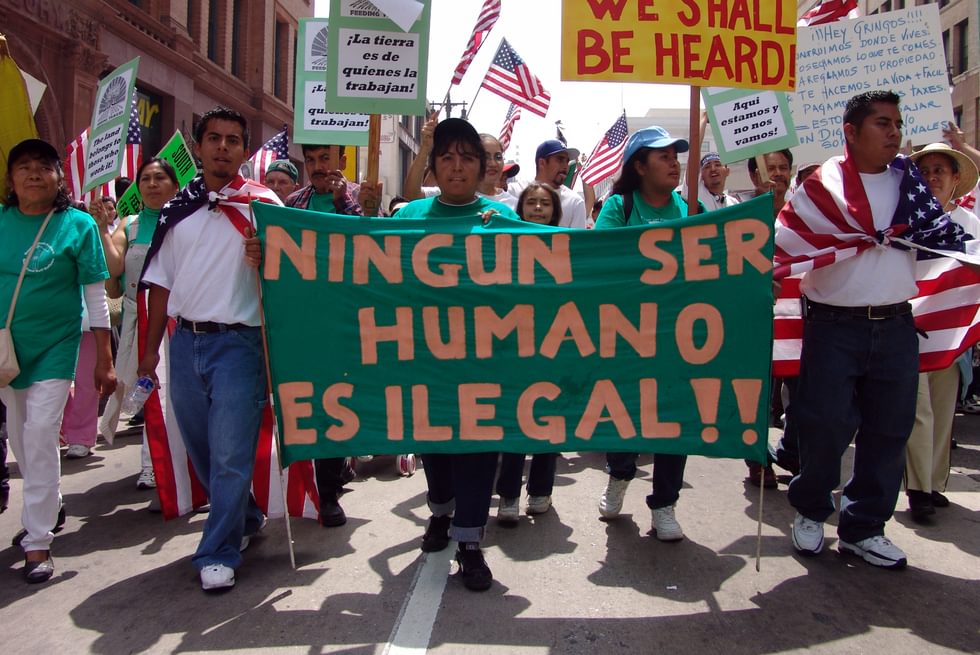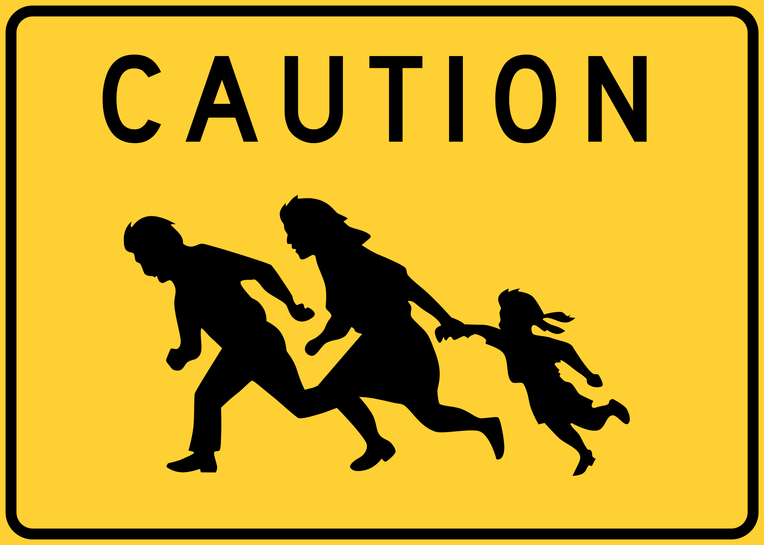Postelection Revanchist Anti-Immigration Policy
From the Series: Im/migration in the Trump Era
From the Series: Im/migration in the Trump Era

Contestations around the Deferred Action for Childhood Arrivals program (DACA) and the Sanctuary movement draw attention to two views of noncitizen members of society in the United States and their relationship to laws. One view is exemplified by the 1982 Supreme Court decision in Plyler v. Doe, which held that undocumented students cannot be denied basic education because such a ban would “deny them the ability to live within the structure of our civic institutions.” Implicit in this view is the recognition that individuals present and participating in society are entitled to some level of consideration. The contrasting view would have formal citizenship serve as the sine qua non for legal and social consideration. Given the repeal of DACA and attacks on migrants in general, it is essential to understand what is encompassed and excluded by these competing socio-legal views.

One afternoon a few years ago, two young men, who each qualified for DACA, visited me at the free immigration law clinic I run at the nonprofit Arab-American Family Support Center. DACA was announced in 2012, after legislative efforts failed to address the plight of undocumented individuals who came to the United States as children. It did not provide a legal status and it did not entitle one to social benefits such as public assistance, Medicaid, or food stamps. It did, however, offer a tenuous promise that the federal government will not deport those enrolled for two years, and a more tenuous possibility that this deferment could be extended at the end of that two-year period. It also provided employment authorization. These benefits were not even close to citizenship or legal status—but for individuals who have grown up, attended schools, and lived in communities throughout the United States, it is the most official and possibly first acknowledgement of their membership in U.S. society. The policy of DACA embodies the tension inherent in the debate on U.S. immigration law between enforcement of formal legal rules and regulations, on the one hand, and a desire to implement a broader understanding of justice and fairness, on the other. Now that DACA has been repealed, it is not clear whether these young people will face immigration enforcement.
One of the young men I met with was a quintessential example of who the architects of DACA had in mind when they created the policy. He arrived across the U.S.–Mexico border as a baby with his parents and siblings, recalling the now-famous California highway sign that warns motorists to watch out for migrants crossing the highway. Having been in the United States virtually his whole life, he speaks English flawlessly and despite being only a junior in high school interacts with me, an immigration lawyer more than twice his age, with a maturity that bespeaks years of acting as a mediator between older relatives and the larger community. He had paperwork documenting his presence in the United States since he was a baby, including his battered childhood vaccination record, his public-school transcripts going back to kindergarten, and his current high school enrollment records. He also had a passport and photo identification issued by his home country’s consulate. His case was straightforward.
The other young man also came to the United States as a child but as a preteen, and not with his parents, arriving at JFK airport with a visitor visa from an African country. He met the DACA requirement of graduating from high school and has his transcripts and diploma to prove it. Unfortunately, he had precious little to document that he has been continuously present in the United States—another DACA requirement. He was quiet and uneasy, keeping his Yankees hat pulled down. He spoke almost too softly to be heard, as if he is physically embodying the shadow social existence that was demonstrated by his lack of documents. Since graduating he has stayed with relatives and worked off the books. After he turned eighteen, he was no longer entitled to the health insurance that the state of New York provides to children regardless of immigration status, so he had not been to a doctor since and had no medical records. This young man qualified for DACA but documenting that fact was not easy.
DACA recipients such as these two exemplify, but by no means exhaust, the real human stories that illustrate the lacuna in U.S. immigration policy between formal immigration law and broader social justice that meaningfully recognizes societal membership. Now, even the meager recognition of DACA has been canceled. It is ironic that those advocating for even harsher anti-immigrant laws and policies also claim to be advocating for the rights of the people who really matter—U.S. citizens—against an uncaring legal system. For instance, in his opinion dissenting against striking down portions of Arizona’s anti-immigrant Senate Bill (SB) 1070 law, Antonin Scalia complained that discussion of “dry legalities . . . suppresses the very human realities” and claimed that Arizona’s “citizens feel themselves under siege by large numbers of illegal immigrants who invade their property, strain their social services, and even place their lives in jeopardy.” Such biopolitical discourses of division, fear, and entitlement are the source of current postelection revanchist anti-immigration policy and can neither be ignored nor appeased.
Sadly, for many, the abstract distinction of one’s status under immigration law seems more salient than actual shared personal, social, and historical relationships. Rebutting such attitudes and shifting the terms of public debate requires continuing to provide rich, varied, and humanizing stories of real migrants in our ethnography and activism. Just as importantly, it requires linking these stories to the complex factors that drive migration and connect the fates of immigrants and citizens, including global socio-economic inequality, deregulation, restructured labor markets, historic and contemporary military and political interventions around the world, and global North–caused climate change. Anthropologists and lawyers each have ways of adding this important complexity to public discussions.